The average house price paid for a home in London has reached a record high of 12 times earnings, and the gap between prices in the capital and other big cities in the UK is at its widest for 20 years, reveals an industry report.
Although recent research indicates a slowdown in the prime London property market, the monthly study by Hometrack shows that the difference in average prices between the capital and other large cities has continued to widen. The report states that the growing gap “highlights a seemingly overvalued London market”1.
Hometrack compiled its report using Land Registry data and statistics from mortgage valuations. It reveals that in Liverpool and Glasgow, homes are around 75% cheaper than in London.

House Price Gap Between London and Other Cities Widest for 20 Years
The average price paid in the capital is now £437,700, but is just £107,300 in Glasgow and £109,600 in Liverpool. Even in Bristol, where activity has been high, prices are 47% below those in the capital, despite prices rising 16% above their 2007 peak, to an average of £231,300.
The report also found that half of homebuyers in the first half of the year did not have a property to sell, with the change in purchasers putting upward pressure on prices.
Hometrack’s findings mirror those of other reports that there is a shortage of properties coming onto the market. The Royal Institution of Chartered Surveyors (RICS), for example, claims that listings have fallen for several months.
Within the UK’s 20 largest cities, Hometrack found that prices have risen by an average of 8.3% since September last year, but vary hugely. In Aberdeen, prices fell by 2% over the past year, to an average of £193,000, as the cheap cost of oil caused job cuts and reduced demand for housing.
However, in Cambridge, prices are up 11.2% on last year, with residents and investors fuelling market activity. The average price in the city is now 43.6% above its pre-recession peak, at £388,600.
In London, prices are now a higher multiple of wages than ever before, while in other big cities, the ratio is currently at its long-term average.
Hometrack suggests that price rises could spread, as investors and developers seek more affordable markets.
Director of Research at Hometrack, Richard Donnell, explains the findings: “A changing mix of buyers is compounding the scarcity of housing for sale with rising numbers of first time buyers and investors buying property while having nothing to sell. Only a recovery in the number of moves among existing homeowners or an increase in new supply will ease the current housing scarcity, which seems unlikely in the near term.
“London’s price earnings ratio is at an all-time high, while there remains value in most other regional cities. The pricing differential [with] London could well assist city regions to attract new investment, as the cost of housing starts to influence decision-making for both households and businesses.”1
The National Association of Estate Agents (NAEA) recently reported a lack of homes being put up for sale.
It states that the number of properties listed by each of its member agents dropped by a third in August, to an 11-year low. Agents had an average of 38 homes on their books last month, down from 55 in July.
Additionally, the amount of prospective buyers fell from 462 to 408 per branch.
Mark Hayward, Managing Director of the NAEA, says: “There are now 11 house hunters fighting after every available house, which isn’t sustainable.
“First time buyers are finding themselves being squeezed out of the competition, which of course means it’s taking young buyers longer to get their foot on the first step of the ladder, which will in turn increase pressure on the rental market.”1
1 http://www.theguardian.com/business/2015/sep/25/house-price-gap-widest-for-20-years-between-london-and-other-cities

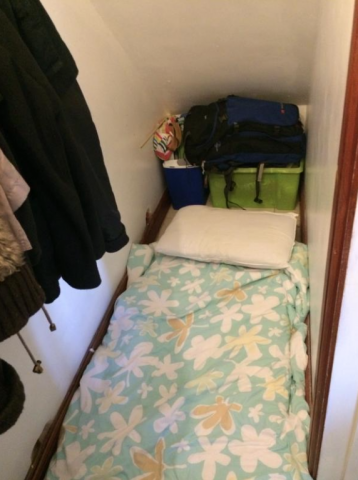






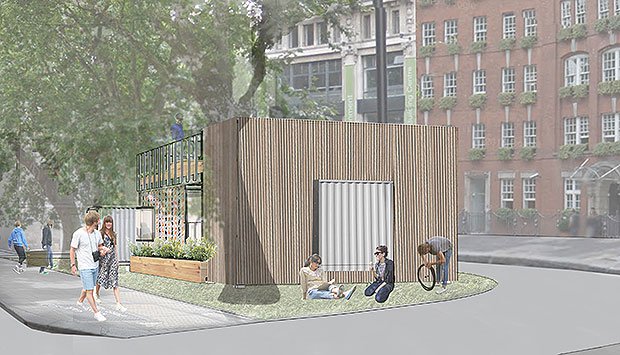





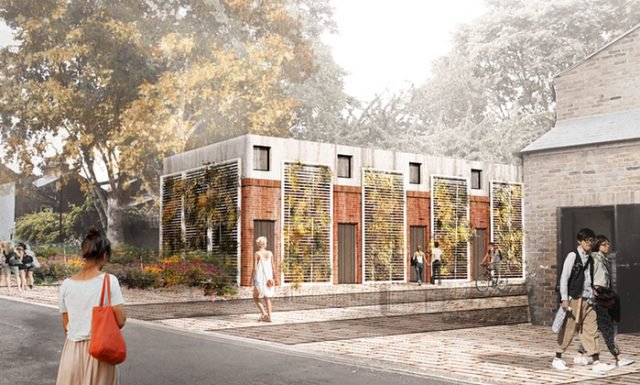
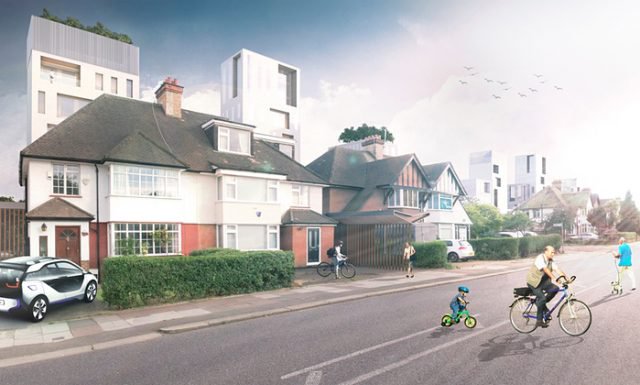


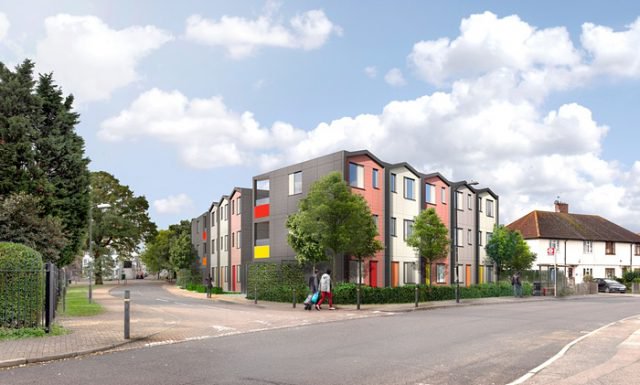

![[nest]](/wp-content/uploads/3959-321x480.jpg)